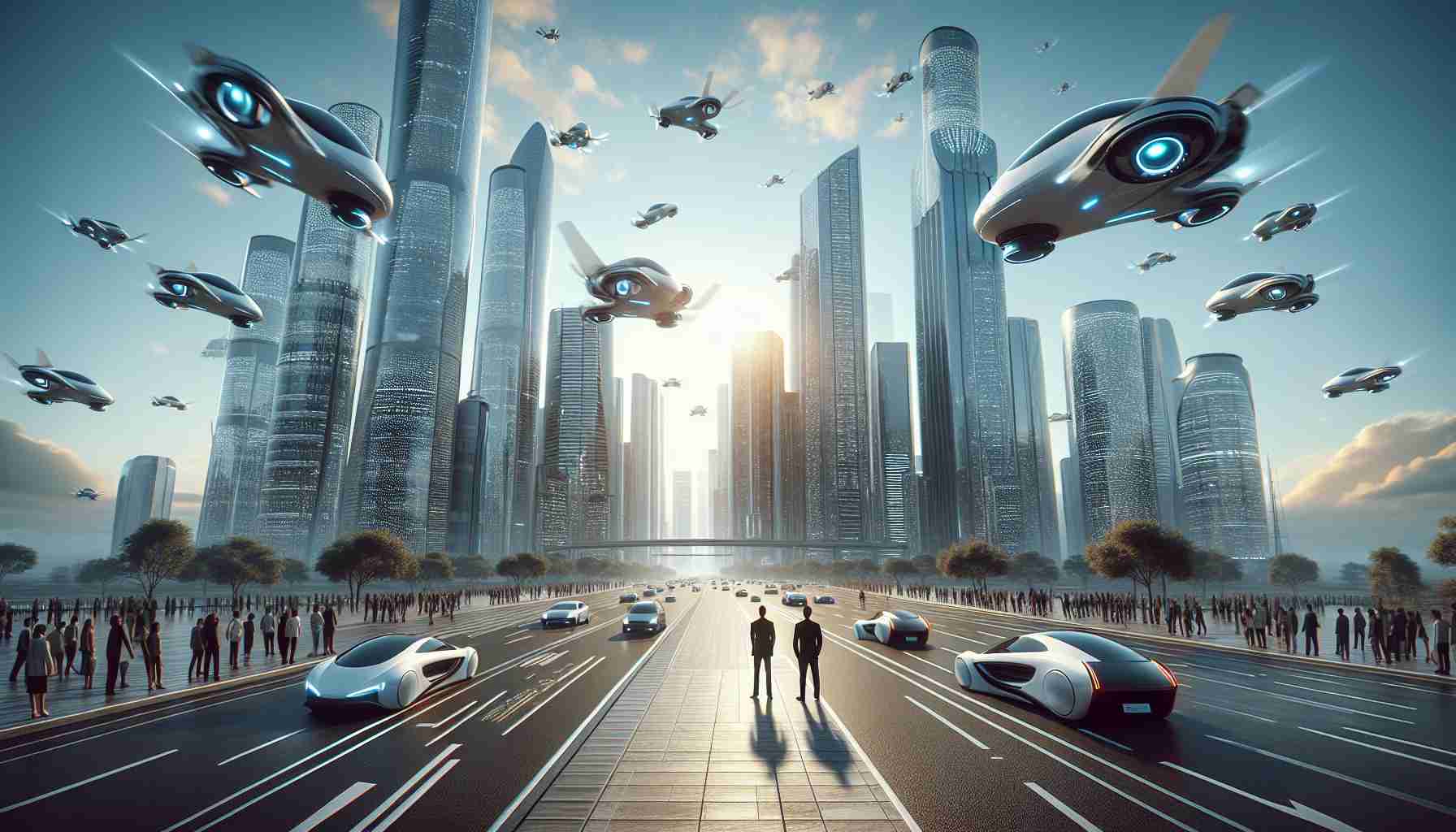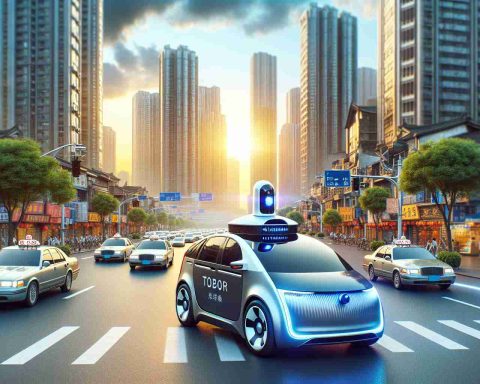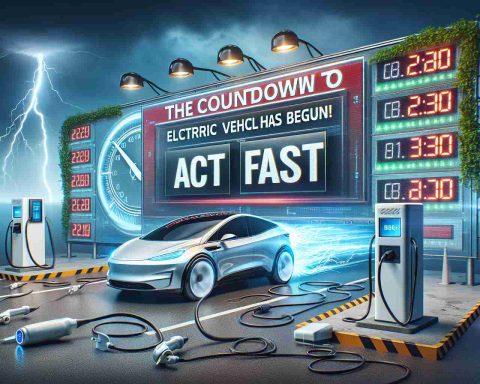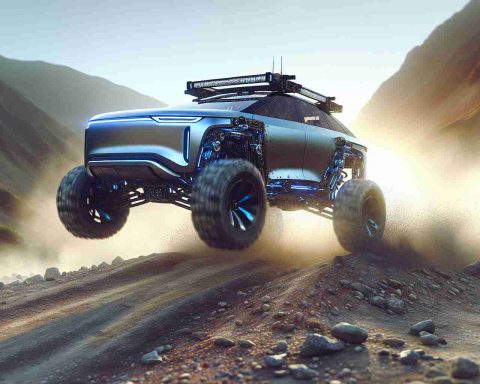The concept of flying cars, once a staple of science fiction, is rapidly taking shape as a looming reality. With pioneering companies and startups racing to perfect their designs, flying cars may soon transition from the drawing board to our daily commutes, promising to redefine urban mobility. But are we truly prepared for this vertical leap in transportation?
Flying cars promise a new era of convenience, potentially alleviating urban congestion and unlocking the skies for personal travel. Companies like AeroMobil and Terrafugia are at the forefront, developing vehicles that seamlessly switch between driving and flying modes. Testing and regulatory approvals are now the primary hurdles, with governments worldwide grappling with how to accommodate these innovations safely.
Yet, amidst the excitement, significant questions remain. How will air traffic be managed with a potentially exponential increase in flying vehicles? Current airspace regulations are tailored for commercial and military operations, not dense commuter traffic. Potential solutions include advanced AI systems capable of handling complex traffic scenarios, but these are still in the conceptual phase.
Furthermore, the energy demands and environmental impacts of flying cars are critical considerations. Battery technology has not yet advanced comprehensively enough to support widespread use, raising questions about sustainability in a world already facing climate crises.
The future of flying cars is exhilarating but requires diligent preparation. As this new era of skyward mobility approaches, the balance between innovation and responsibility will be key to transforming science fiction into sustainable reality.
The Sky Is Not the Limit: Innovations and Challenges in the Future of Flying Cars
The futuristic vision of flying cars transitioning from fantasy to reality is gaining momentum. As companies like AeroMobil and Terrafugia drive innovation, the possibility of integrating flying vehicles into our daily lives grows closer. However, several key factors need thorough exploration and understanding before these vehicles can redefine urban mobility. Here, we delve into new insights and trends shaping this dynamic industry.
Innovative Features Shaping Flying Cars
One of the most exciting developments in the flying car industry is the introduction of hybrid vehicles capable of both driving on roads and flying in the air. AeroMobil’s latest models, for instance, use hybrid propulsion systems that aim to bridge the efficiency gap between ground and air travel. Furthermore, these vehicles incorporate features such as vertical takeoff and landing (VTOL) capabilities, revolutionizing urban travel by minimizing space requirements for takeoff and landing.
Regulatory and Safety Challenges
While technology races forward, regulatory and safety challenges present significant hurdles. The complexity of integrating flying cars into current traffic systems requires the development of a comprehensive regulatory framework. Potential solutions include adopting advanced AI systems for managing air traffic more effectively. However, these systems must evolve beyond their current conceptual status to offer robust solutions for real-world application.
Environmental and Sustainability Considerations
Environmental sustainability is a growing concern as flying cars inch closer to becoming a practical reality. The deployment of these vehicles poses questions about their energy consumption and carbon footprint. Future advancements in battery technology will be crucial to ensuring that flying cars offer an environmentally friendly alternative to current transportation methods. The focus is now on developing lighter batteries with longer life spans and reduced environmental impacts.
Market Insights and Predictions
The flying car market is expected to witness transformative growth, driven by technological advancements and increased investment from venture capitalists and automotive giants. Analysts predict a rise in partnerships between traditional automotive manufacturers and tech startups to leverage expertise and resources. Moreover, public interest and governmental support could significantly expedite the adoption process, positioning flying cars as a viable urban commuting solution in the next decade.
Security and Privacy in the Age of Flying Cars
As flying cars become more prevalent, ensuring security and privacy will be paramount. Potential risks associated with hacking and unauthorized control of flying vehicles demand the implementation of robust cybersecurity measures. This includes developing secure communication channels and embedding encryption technologies to protect users’ data and ensure the safe operation of flying cars.
The Road Ahead
The evolution of flying cars from mere science fiction to possible reality is exhilarating. However, a balanced approach that embraces innovation while prioritizing safety, sustainability, and regulatory compliance is essential. By addressing these challenges head-on, the flying car industry can usher in a new era of mobility that is both transformative and responsible, connecting us with a future where the sky is no longer the limit.
For more information on the latest innovations in flying cars, visit AeroMobil and Terrafugia.













